Researchers have known about ancient Egyptian graveyards from pictures in old tombs, but now they have finally found a real one. It can teach us more about everything from everyday life to religious customs in ancient Egypt.

Photo: CSIC Communications
The ancient Egyptians cultivated vegetables, fruits, and trees to nurture their relationship with the gods. Or so it has been assumed on the basis of depictions of so-called funeral gardens on the walls of several burial chambers. Now, scientists have finally found physical evidence of a real funeral garden near the Valley of the Kings at the city of Luxor.
The garden is about 4,000 years old and measures 2 to 3 meters (9.8 feet by 6.5 feet). It is divided into small spaces – or cultivating beds – of about 30 square centimeters (5 s.q. inches), where the Egyptians have grown plants of symbolic significance, used in funeral rituals.

The garden constitutes physical evidence from the twelfth dynasty of ancient Egypt – about 2,000 years before Christ. By studying it, researchers hope to gain a better understanding of the physical environment in Egypt thousands of years ago.
“The garden can learn more about the religious beliefs and customs of the Egyptians, but also the culture and society at the time of the twelfth dynasty when Thebe was the common capital of Upper and Lower Egypt (Egypt divided into two Pharaohs time, red.)”
– Professor José Manuel Galán from the CSIC (Spanish National Research Council).

The scientists know that different plants were believed to be associated with different aspects of ritual life and death among ancient Egyptians; Palm, sycamore and Persea trees are known to be associated with the deceased’s power of resurrection. They are yet to identify the plants in the newly found funeral garden, but have gathered several seeds and future analysis will hopefully reveal what kind of plants they are.
Another associated discovery, attached to the façade of the tomb, was that of a small mud-brick chapel which is likely from the Thirteenth Dynasty, and was built some 200 years after the tomb and the garden.
Reference:


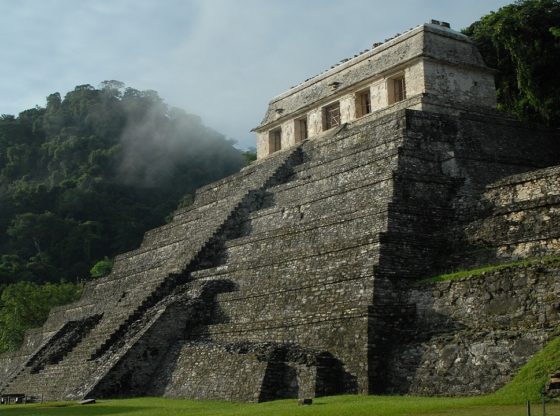
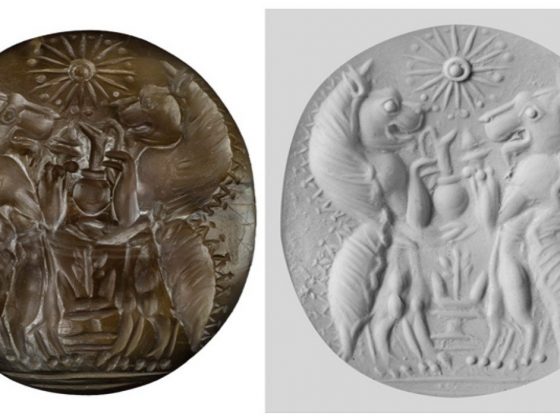

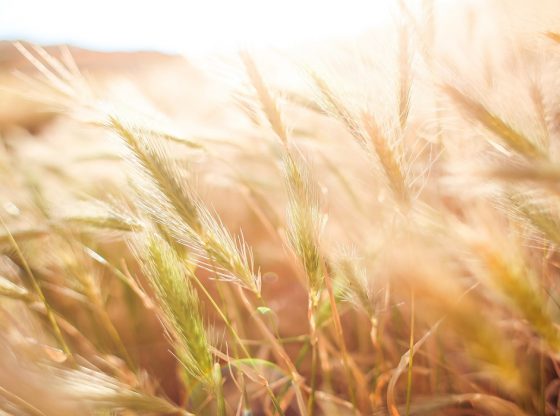
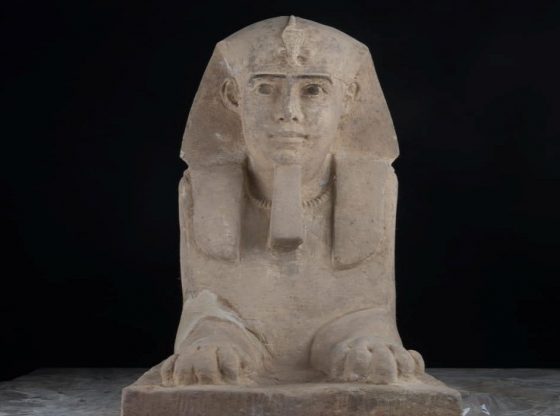
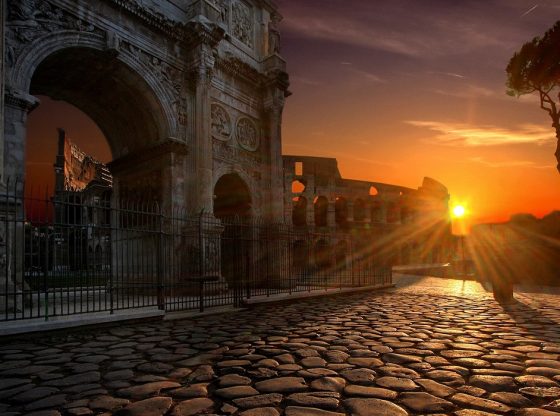

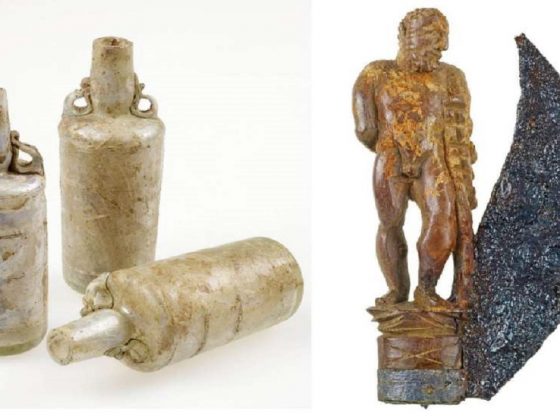

![OpenAI. (2025). ChatGPT [Large language model]. https://chatgpt.com](https://www.illustratedcuriosity.com/files/media/55136/b1b0b614-5b72-486c-901d-ff244549d67a-350x260.webp)
![OpenAI. (2025). ChatGPT [Large language model]. https://chatgpt.com](https://www.illustratedcuriosity.com/files/media/55124/79bc18fa-f616-4951-856f-cc724ad5d497-350x260.webp)
![OpenAI. (2025). ChatGPT [Large language model]. https://chatgpt.com](https://www.illustratedcuriosity.com/files/media/55099/2638a982-b4de-4913-8a1c-1479df352bf3-350x260.webp)








